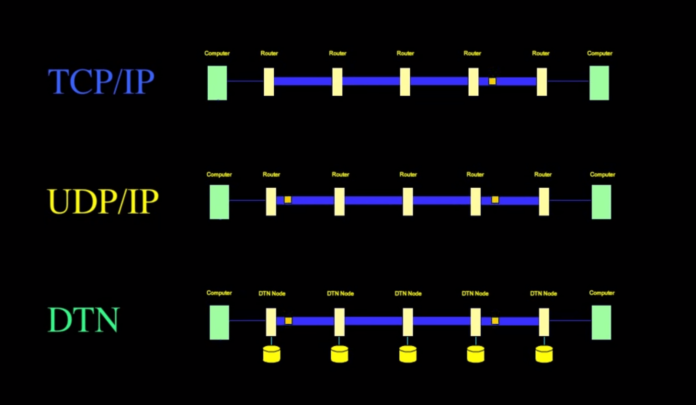Last week, BlackBerry unveiled its mobile-native approach to security with the launch of a platform designed for the industrial “internet of things.” The BlackBerry Secure platform is a product of the company’s individual security offerings combined into a single suite. The cloud-enabled approach was created to be the foundation of BlackBerry’s ongoing move to software.
BlackBerry defines the enterprise of things as a network of intelligent connections and endpoints that enable products to move from sketch to scale; or a collection of devices, computers, sensors, trackers, equipment and other “things” that communicate with each other to enable smart product development, distribution, marketing and sales. But a network is only as strong as its weakest asset, and for IoT that continues to be cybersecurity.
“Businesses must be able to confidentially and reliably transmit sensitive data between endpoints to keep people, information and goods safe,” said John Chen, executive chairman and CEO at BlackBerry. “BlackBerry is uniquely qualified to address this emerging market now because of our deep experience, industry leadership and ongoing product innovation that addresses future business needs.”
BlackBerry claims its Secure software will help companies manage and secure their mobile devices and connected things by securing communications for all messaging and file types. Examples provided by the company include preventing hackers from penetrating devices and computers, provide intelligence for supply chain communications, ensure patient confidentiality in health care and safeguard assets in the financial industry.
“Our customers’ investments are protected because this foundational platform is not only compatible with our current products and third-party software like Microsoft Office 365, but is also ‘future-proofed’ to address upcoming capabilities such as messaging and analytics,” Chen said. “It allows customers to build their own apps, workflows and business processes, and will be compatible with future applications and cloud-based systems because we have plans to expand the platform’s features, market segments it supports and our entire partner ecosystem.”
The technologies that originally came under the BlackBerry umbrella through acquisitions of companies such as Good Technology, WatchDox, AtHoc and Encription build the basis of BlackBerry Secure. Those include BlackBerry UEM, which the company says provides the granular control and visibility IT needs to secure all endpoints, along with the flexibility to support productivity and other business use cases; BlackBerry Dynamics, which offers a development platform and container for mobile apps, and is designed to eliminate the risk of data leakage by delivering security at the app level; BlackBerry Workspaces, which is said to enable users to share, edit and control files on every device with embedded digital rights management protection in the files; BlackBerry 2FA, which is said to allow users to replace a physical token and typing in codes with two-factor authentication; BlackBerry Enterprise Identity, which enables users to single sign-on into third-party cloud services such as Office 365, Box, Dropbox, Workday and Salesforce; and BlackBerry SDK, which is designed to allow application developers to integrate any BlackBerry service into their applications via a platform-as-a-service model.

